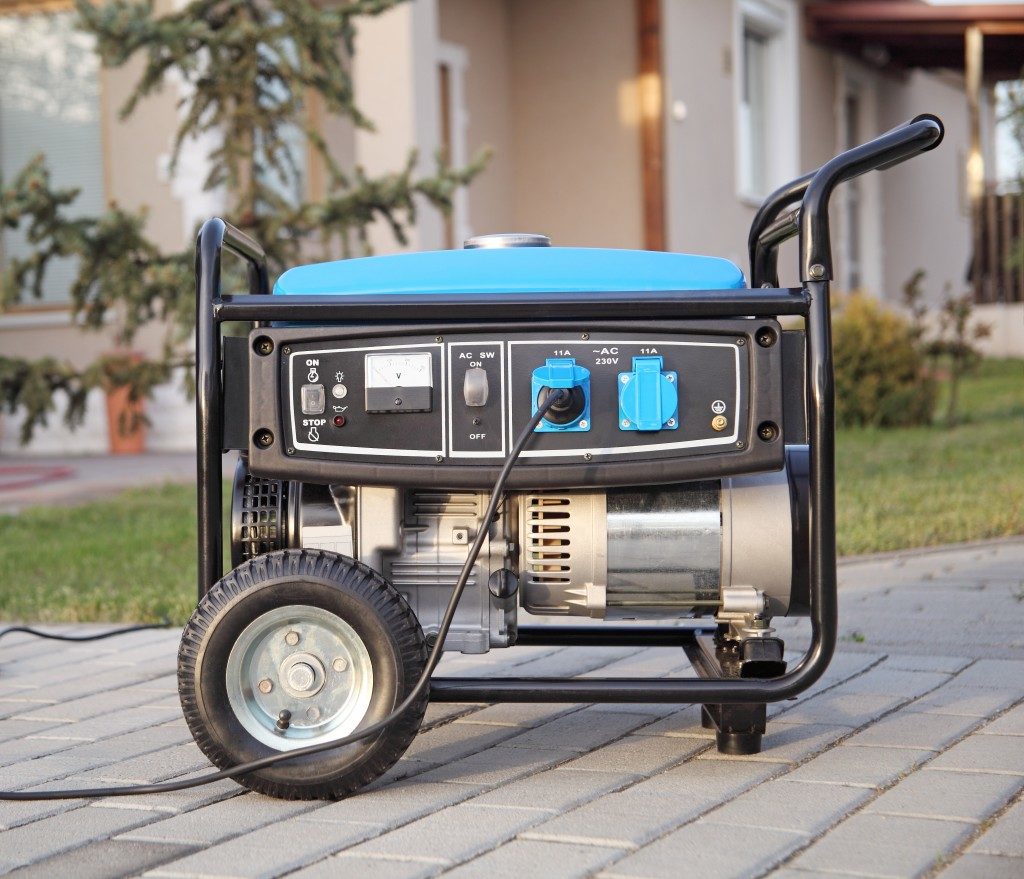Generator failures can be prevented if sites that use backup generators regularly observe the proper maintenance service. Common problems include batteries that are insufficiently charged and clogged oil filters. Therefore, performing routine inspections, maintenance, and repairs can help prevent the expensive consequences of power outages when your backup generator fails to start. Some parts of a generator require weekly or monthly inspection, such as checking the fuel and coolant levels. Others can be inspected annually, such as battery cable and electrical wiring integrity and connections, as well as replacement of fuel and air filters. By being proactive, you can enjoy uninterrupted power supply. Just follow these simple steps.
Replacement of Worn out parts and upgrading them on time
Locations that invest in generator service by replacing all the worn-out components of their backup generator end up saving a lot. They avoid expensive replacements and upgrades that are unnecessary. They can also avert the risk of completely replacing the entire generator, thus enabling them to enjoy uninterrupted power and continuous operations.
Regularly Checking the Fluid Levels
Engine oil and coolants play a vital role in a generator’s circulatory system as they ensure that it is functioning properly and is kept from overheating. Therefore, regularly checking the fluids levels plays a significant role in prolonging the life of your generator and maximizing its efficiency. When checking your generator’s fluids, you should check for three main points.
- Fluid Leakages
- Fluid Consistency
- Fluid Levels
The fluids in the checklist include the coolant, battery acid, and engine oil.
Inspecting Batteries and Cleaning the Contacts

Always clean your battery by removing the corrosion on the contacts. You can use a brush and baking soda to break down corrosion without using harsher chemicals. If the battery fails to start the generator completely, you should probably consider replacing it with a new one.
Conduct a Load Bank Testing
Performing a load bank testing on your backup generator is an integral part of the maintenance program for all generators. It enables you to know whether your generator performance will serve its intended purpose or not. The process allows the user to determine whether the generator system can produce and maintain enough power load without overheating or shutting down.
Verifying All the Control Panel Readings and Indicators
The control panel displays various parameters such as voltage, current, and frequency through meters in the display board. The control panel is fitted with control switches to help operators make adjustments. Therefore, the generator operator should be able to read all the signals in the control panel and interpret them accordingly. This would enable him to see the right readings and respond appropriately.
Replacing the Fuel and Air Filters
Changing the oil filter is as crucial as changing the oil itself. The oil filter helps remove any foreign material from the oil. A clean and properly fitted oil filter ensures that your generator operates safely.
Avoid any last-minute power shutdowns by making sure that your back up power plan will not fail you. Achieve this by ensuring that your generators are serviced on time. Being proactive will reduce your overall maintenance cost in the long run.


